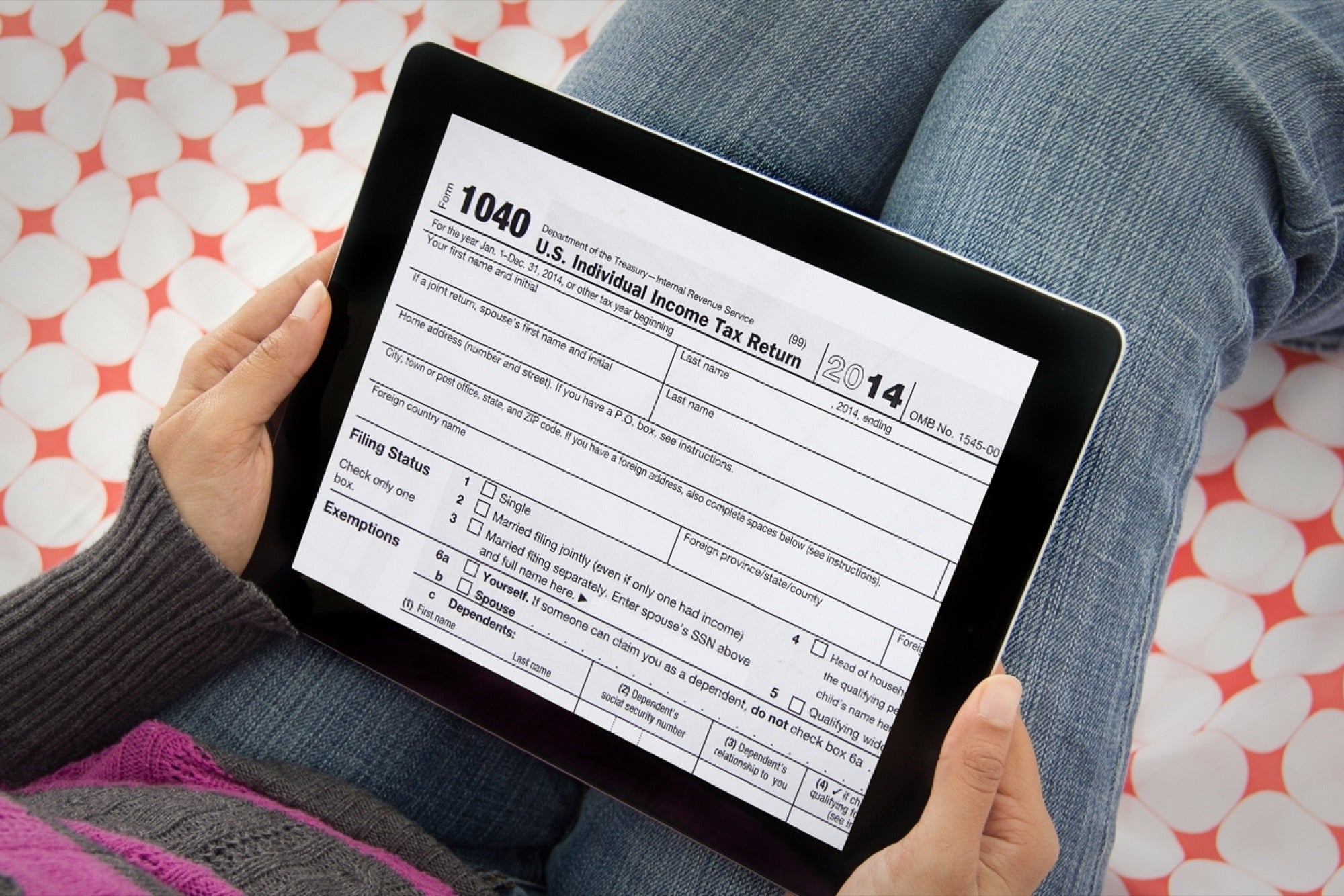Here's How Digital Governance is Changing the World Things that one needs to know about the implementation of e-governance and its implementation
By Dilip Modi
Opinions expressed by Entrepreneur contributors are their own.
You're reading Entrepreneur India, an international franchise of Entrepreneur Media.

A tiny post-Soviet nation is grabbing news headlines the world over. Not because of any border crisis, immigrant issues or a dwindling economy, but for achieving a level of perfection in governance that was till now considered utopian. The country is Estonia, and the project that has created the historical transformation of the country from a state to a digital society is known as e-Estonia.
Imagine a country where the normal services any government is involved with-legislation, education, healthcare, banking, taxes and security and so on-are all automated, being digitally linked across a single platform. From voting to charging parking tickets or completing the medical history sheet before a doctor's appointment, everything can be done through a mobile phone or a laptop. Seems like a regular Sci-fi flick? Estonians are living this fiction as a reality every day.
E-Estonia is undoubtedly the most ambitious project in the emerging domain of technological statecraft today, and the very fact that it has been implemented with roaring success has made governments the world over to sit up and take notice. In the words of Estonia's former President Toomas Ilves who recently had to experience U.S. bureaucracy at the heart of Silicon Valley, "It's like the nineteen-fifties in the US—I had to provide an electrical bill to prove I live here!" For someone belonging to a small Baltic nation with a population of 1.3 million and an area of 4 million hectares half of which is forest, making that observation about the cradle of modern civilization speaks volumes of the progress Estonia has made.
What does digitization of governments quantitatively translate into? Moreover, how feasible is such an idea for a much faster, more complex and infrastructurally deficient country such as India? As per a McKinsey report, global government digitization, even at current technology standards, can generate over USD 1 trillion annually! Coming back to the example of Estonia, digitization has helped it save two per cent of its GDP a year paid in salaries and expenses. Considering it's the same amount it pays to NATO for protection, the country has ensured its national security absolutely free.
The Components of Digital Governance
Broadly, digital governance has two key components-core capabilities where digitization is to be implemented, and facilitating organizational enablers, for instance, third-parties or government departments, which will develop a framework that supports these capabilities. Improving accessibility through digitization of touchpoints, virtual citizen and business portals, automation of application processes, digital enablement through e-healthcare, bot-based engagement with the elderly and implementation of end-point digital facilitators such as sensors to ensure seamless mass transit are broad divisions of digital governance.
To execute these services on a massive scale it is imperative to have infrastructural development for third-party service providers to function seamlessly. Unified, open public registers implemented through blockchain, cloud-based storage systems to provide decentralized data storage and regulations that allow open, joint citizen exercises need to be provided to create a robust e-governance model. A combined exercise with both these capabilities working in tandem can offer unprecedented results. For instance, Norway's tax administration provides citizens tax returns that it has filled out for them, with more than 70 per cent of citizens completing the submission. In a country fraught with tax avoidance issues such as India, a significant portion of which is probably due to the complex procedures associated with it, such automation can fill up the government's coffers substantially.
Convenience Added, Queues Avoided
Public service, especially in a country such as India, has long been scrutinized for being highly inefficient and non-transparent. The major underlying factor behind this situation is the astounding amount of pressure on government officers due to the massive population of the country. The task in front of successive governments has been three-pronged, making people aware of public initiatives, carrying out procedural authentication and verification to check eligibility and then ensuring that the service reaches the individual. At each step, the amount of backlog created due to a large number of service seekers vis-à-vis providers has transformed the entire operation framework into a vicious inefficiency trap. Quite ironically, every file gets added onto a long "queue'-a feature we identify government offices with till today!
The New Apps
Fortunately, modern technology offers the ideal solution to get rid of this backlog. Through Data Analytics and Machine Learning, massive amounts of data can be stored and automatically updated in separate databases simultaneously. Have you changed the spelling of your name or your signature? Just update it once on a common government portal, and it will be instantly changed on every domain.
Public types of machinery in India, both at the central and state level, are gradually warming up to this idea of digitization. Initiatives such as Aadhaar, BHIM app or state-specific blockchain-based measures such as those employed by Telangana (to develop a public municipal documentation ledger) or Kerala (to optimize its public food distribution framework) have received considerable success. The UMANG or Unified Mobile Application for New-Age Governance is an all-in-one multi-platform mobile app for accessing over 1,200 central and state government services online, 24x7. With a potential user base of 1.2 billion Indians, massive smartphone penetration, stronger communication infrastructure and falling data costs, a successful extension of such a service to every citizen can become a reality. All it needs is the right amount of efforts spent in creating awareness and a determined intention to ensure impeccable service offering. If realized, such a feat could well surpass the dream story of Estonia due to the much larger and richer canvas India offers. For the world's largest democracy to truly become one in letter and spirit, digitized governance is the key.












